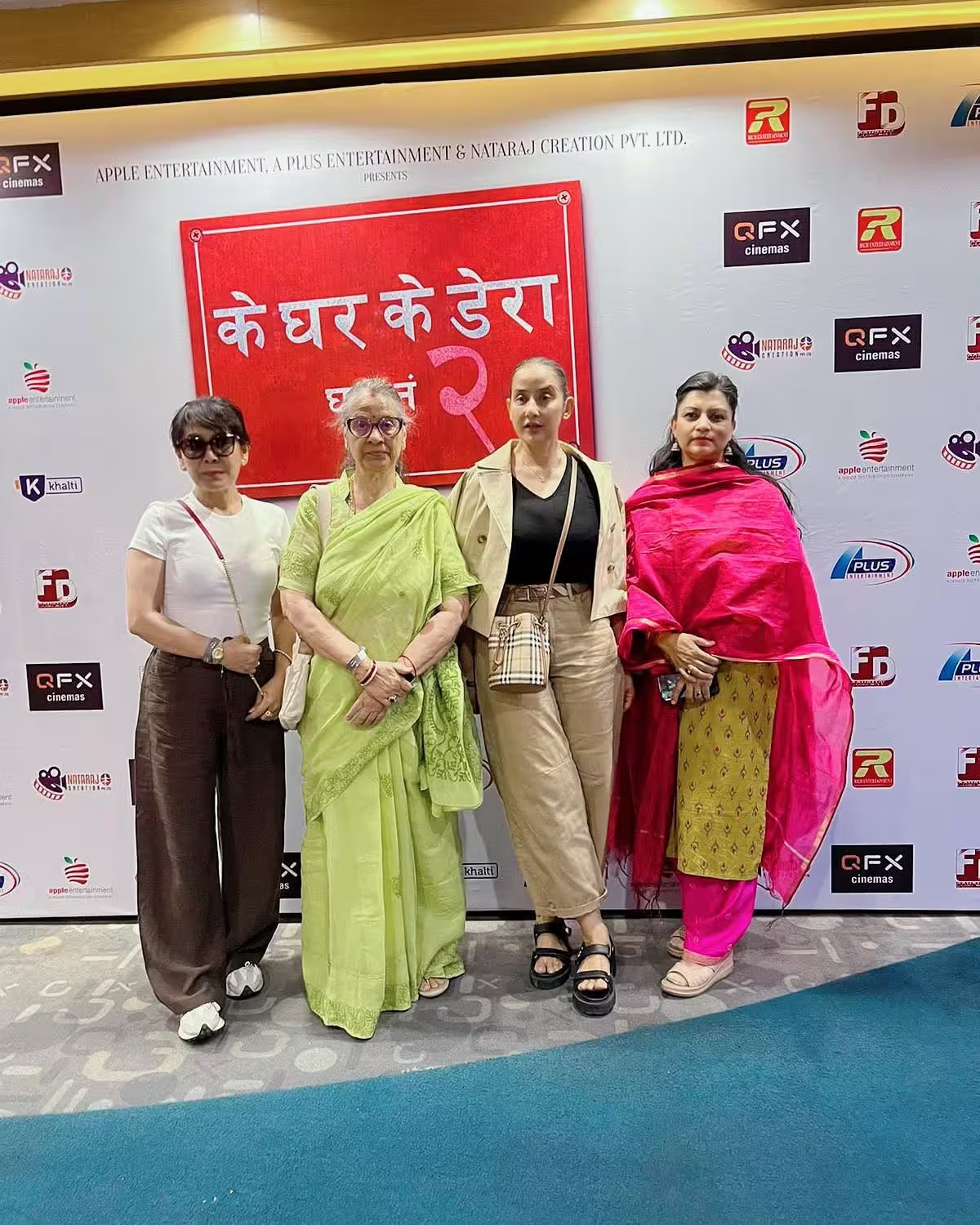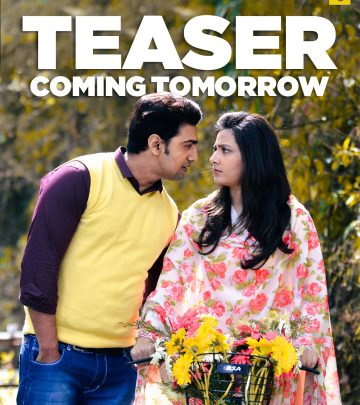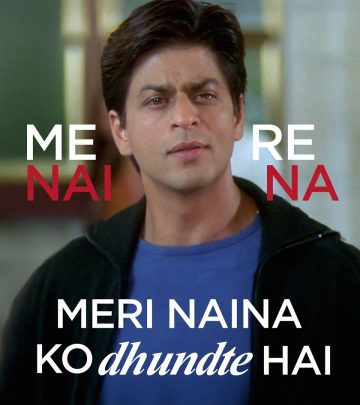Nepali Films Redefine Storytelling With Fresh Perspectives
Innovative narratives breathe fresh life into urban struggles, humanity, and hope in Nepal

Image: Instagram
In the heart of Nepal’s evolving cinematic landscape, a new wave of films is emerging that goes far beyond musical indulgence to tell the deeper, poignant human stories of urban life. A recent social media post captured this sentiment vividly, noting, “के घर, के डेरा — हाउस नम्बर २ हेरें, र गहिरो रूपमा छोएको छ।” Translated, this reflects admiration for a project that is both visually striking and layered with meaning. The post celebrates how Nepali cinema is taking bold strides in storytelling, addressing not only the struggles and pain of city life but also the resilience, humanity, and compassion that come to the fore amid adversity.
A New Narrative In Nepali Cinema
The creative team behind this cinematic venture is exploring themes that speak directly to the challenges urban dwellers face every day. The narrative is not confined to traditional or musical tropes. As mentioned in the post, films are now expanding their horizons by exploring subjects such as pain, struggle, and the inherent kindness that binds communities together during hard times. The author writes, “सहरमा बाँचिरहेका मानिसहरूको पीडा, संघर्ष र तिनै कठिनाइमा पनि बाँधिएको मानवीयता र करुणा… यी सबै पक्षहरूले मन छोयो,” highlighting that beyond the mere depiction of hardship, the films also focus on the lifeblood of human love and empathy.
This progressive approach is a welcome shift in an industry that has long been dominated by formulaic narratives. Filmmakers are now daring to present stories that are raw, real, and reflective of the modern experience. The depiction of urban struggles is balanced with the portrayal of hope and resilience—elements that are indispensable to the film’s soul. The post further adds, “जीवनका उतार-चढावमा साथ दिने त्यो माया र दयालुता नै फिल्मको आत्मा हो।” Such honest storytelling not only challenges established cinematic norms but also resonates deeply with audiences who see their own experiences mirrored on screen.
Apart from these innovative thematic explorations, there is also an underlying acknowledgment of the collaborative efforts that have made these narratives possible. The heartfelt gratitude extended to the entire team, along with a special mention of Nakim Uddin ji—”Nakim Uddin ji thank you for inviting me to see it!!”—indicates that this is as much a team effort as it is a personal journey towards better storytelling. It underlines the belief that the art of cinema is enriched through collaboration and shared vision.
Manisha Koirala: Icon Of Progressive Storytelling
Notably, the conversation around this evolving narrative in Nepali cinema also brings to mind celebrated figures within the industry. One name that frequently resonates is that of Manisha Koirala, a veteran actress renowned for her bold choices and transformative roles. Over the years, Manisha has not only captivated audiences with her performances but has also been a catalyst for change in film storytelling. Her inclusion in discussions about modern cinematic narratives reflects her ongoing influence and commitment to progressive art. With a career spanning decades, her ability to redefine roles and push boundaries serves as an inspiring backdrop to these emerging film projects. Her celebrated presence in both Bollywood and Nepali cinema has always been associated with narratives that challenge conventions and highlight the complexities of human emotion.
Drawing from her extensive filmography – as documented in her widely followed biography – Manisha Koirala has often chosen roles that bring sensitive and often overlooked topics to the forefront. This aligns closely with the film project in question, which is praised for its willingness to delve into the intricate tapestry of urban life. As audiences continue to crave stories that are as real as they are moving, the juxtaposition of profound subject matter with visually compelling storytelling is quickly becoming the new norm.
Recent social media posts further underscore this trend. Alongside the post in focus, there is a visible pattern in the work shared by figures connected to the industry. Past Instagram content from Manisha’s official account has showcased moments that are both candid and empowering, reflecting a career built on authenticity. For instance, a previous update celebrated the balance between strength and vulnerability—a sentiment that reverberates within the new films, which take urban struggles and human compassion as their central motifs.
Industry insiders note that this shift is not merely thematic but also aesthetic. The featured Instagram image—showing a striking composition that hints at both modern urbanity and classical narrative depth—mirrors the film’s attempt to marry the real with the artistic. Such imagery, with its play on light and shadow, encapsulates the idea that storytelling can be at once visually arresting and intellectually stimulating.
Ultimately, the journey of these Nepali films is one of rediscovery and reinvention. They invite audiences to look beyond conventional narratives and embrace a more nuanced understanding of life’s ups and downs. While the past may have celebrated films for their escapism, today’s audiences are seeking stories that mirror their own challenges, hopes, and moments of triumph.
This evolution—marked by daring narrative choices, collaborative passion, and the influence of cinematic icons like Manisha Koirala—heralds an exciting chapter for Nepali cinema. As the industry continues to experiment with and redefine storytelling, there is palpable optimism that these films will inspire a new generation of filmmakers and viewers alike.
The progressive narrative being forged in Nepal’s film industry is a testament to its creative resilience. With a focus on authentic human experiences and an unflinching portrayal of urban life, these films are poised to make a lasting impact on audiences and set new benchmarks in cinematic storytelling.
Read full bio of Cynthia Jean Daniel
























